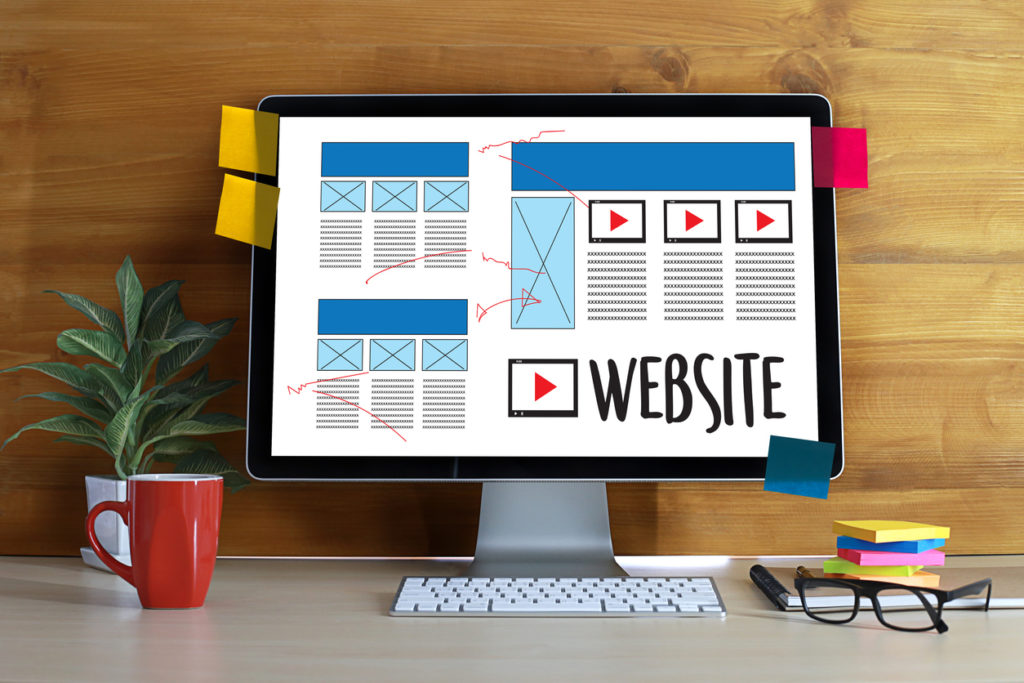Whether your product or service is digital or physical, you need a website to succeed in 2025. According to CyberCrew, an estimated 87% of the UK population hit online stores in 2020 – a figure set to continue rising. To capture these customers, businesses are unable to rely on mere presence alone – they need to let people know who they are through online marketing across social media, websites, emails, and ads. The website is the digital entrance to a business, so it must be visually stunning with a smooth operation – you wouldn’t let your shop front turn to tatters. Throughout this article, we’ll tell you what makes an excellent business website.
Have a Quality Domain Name

Your domain name is entered into the address bar, which is why it needs to be short and memorable. As well as guiding people to your business, it’ll help Google index your site for SEO (search engine optimisation) purposes. Here are some tips for choosing a domain name:
Use the correct extension. The most used domain suffix is .com, so use this. Only use .org, .edu, or .gov if it’s applicable.
Keep it simple. Avoid slang words and convoluted terminology.
Allow for future growth. Avoid having a name that describes what you sell. For example, if you sell games, avoid a domain name with the word games in it.
Keep it short. Short URLs are easy to remember.
Avoid hyphens and numbers. Numbers and hyphens are difficult to remember, so steer clear.
Research the domain. There are over one billion websites out there, so put your domain name into Google to see what comes up.
Use proxies in rotation to help you find an available domain name. Rotating proxies provide a connection to the internet from a pool of IP addresses that change every time you send out a request. They give you a better chance of finding available domain names, as you can check many different IP addresses for available domain names.
Secure and Scalable Hosting Provider

After choosing a domain name, it’s time to decide on a hosting provider. We suggest buying your domain and hosting at the same time because many hosting providers offer a free 1-year domain name. There are several different types of hosting plans including:
Shared server plan. The most basic plan is where resources are shared between other domains. If another domain is breached, yours is more likely to follow.
Dedicated server plan. Your domain is hosted on its own server, which is more secure. However, these plans cost anywhere from £100 – £2000 per month.
Virtual private server (VPS). You will have access to a partition of one device, which acts as a dedicated server. These are much cheaper and still secure, coming in at around £20 – £50 per month.
As well as choosing a hosting plan type, you should consider the support available to you. Preferably, you need to have 24/7 access by chat and email, with phone support offered during office hours. Further, you should check the server interface for cPanel, which is the easiest to understand.
The Right Content Management System
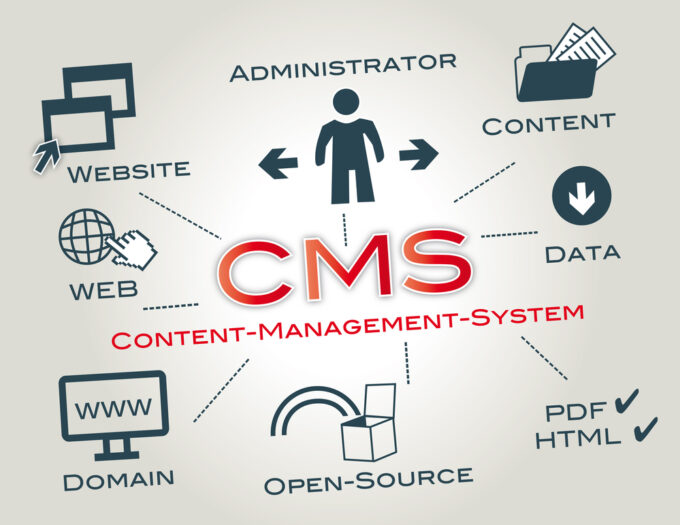
You will need a content management system (CMS), which is designed to let you create and manage the front end of your website. The most popular CMS on the internet is WordPress, which accounts for 39.5% of all websites and 62% of CMS-made websites.
Even with a quality CMS, building a website can be complex, especially when you have other areas of a business to maintain. Therefore, you may benefit from soVision IT web design & development, which will help you avoid any pitfalls and have a fully operational website much faster – click here for more information.
An Obvious Business Description

Visitors need to know from the get-go who you are and what you do. Your home page banner needs to offer an introduction to your business. Also, you should place some short introductory text at the top of your page. As well as this signage, you need a thorough “About Us” page, which is where you get to delve deep into your journey and goals.
Decide On an Ecommerce Platform
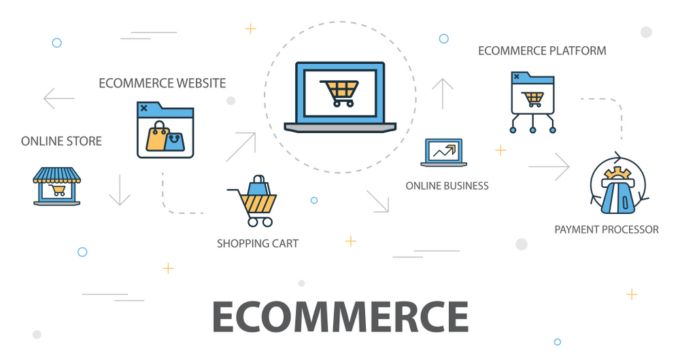
If you’re using your website to sell products, you need to choose an eCommerce platform, which will let customers interact with your website financially. Here are the most well-known platforms:
This is a cloud-based platform that lets you create an online store. There isn’t a way to integrate it with a WordPress plugin, which means it’ll technically be a separate website.
Arguably the most popular eCommerce platform, WooCommerce attaches to your website via a WordPress plugin. The setup can be complicated, so you may need a WordPress developer to help out.
Theoretically, Wix is a CMS only, but it has the perk of integrating with Shopify via a plugin. However, you will need to upgrade your Wix plan to premium.
Create an Engaging User Interface
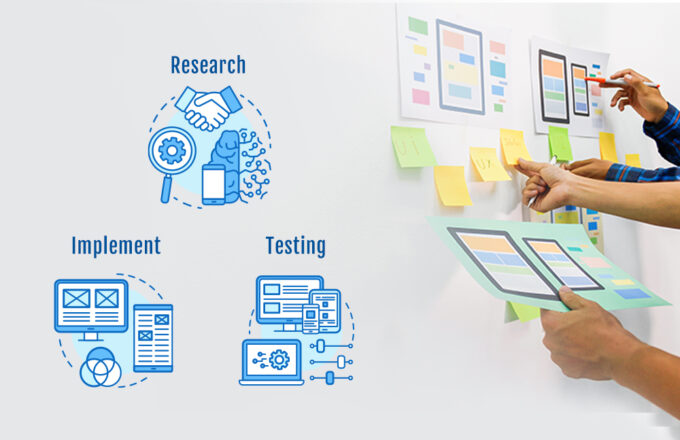
When people arrive at your website, they need to navigate it easily. Therefore, you should make sure that it’s easy to read and signposted. Everything on your website needs to serve a purpose, and your job is to smoothly guide browsers on a journey towards making a purchase. When designing the layout, you should start with mobile devices and work your way up. After all, Google prioritises websites made for smartphones.
Optimise for Search Engines

Google is responsible for analysing all websites and arranging them within the SERPs (search engine results). Therefore, your website needs to be optimised to fit with the latest algorithm, which is achieved through SEO principles. However, good practices for SEO change all the time, which is why you need to keep up with the latest news and releases. Keeping your website updated for SEO is complicated, which is why we recommend hiring professionals to take care of this part.
Publish Quality Content Regularly
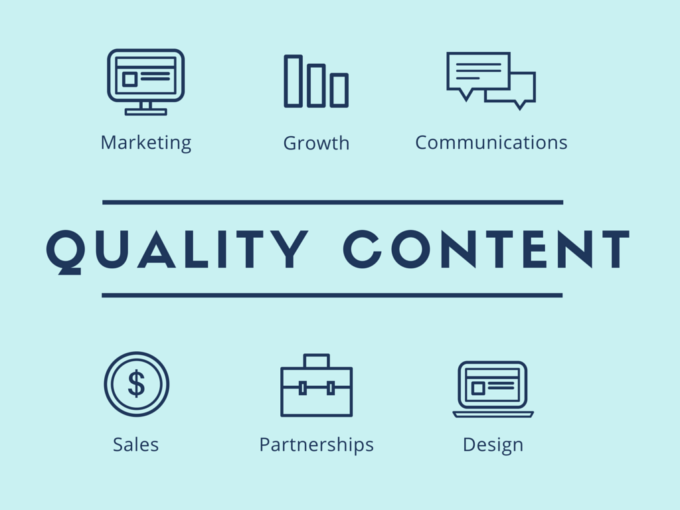
Your website needs to be fleshed out with high-quality content, which serves a purpose. This means creating unique content that you won’t find anywhere else on the internet. If you simply rehash other people’s work, Google will know, and you’ll get marked down. When you publish work, it doesn’t need to be perfect because you can always come back to edit it.
Creating a quality business website isn’t an easy task, but it’s essential in today’s cutthroat business landscape. If you follow the steps above, you’ll have a successful website in no time. Remember, there’s no shame in calling for external help.

